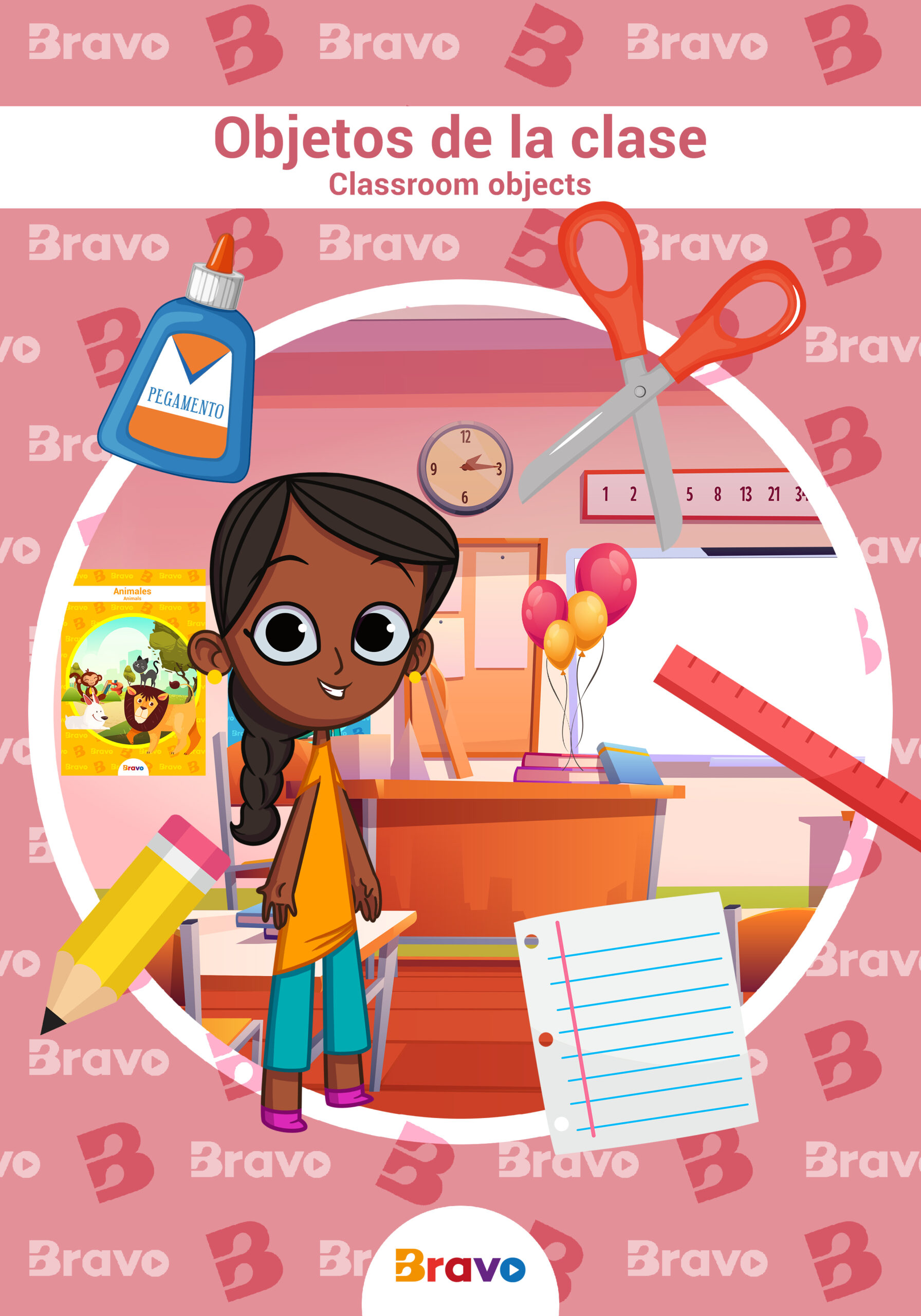
Motivation is a difficult concept to define, partly because of the wide variety of meanings attached to it. Dörnyei and Ushioda (2013) state that it is impossible to draw a picture that encompasses the concept of motivation as a whole since this does not fit into a single image. However, there is a rather generalised consensus regarding the definition of motivation understood here as human behaviour.
From this standing point, motivation may be described as:
Motivation is one of the key factors that teachers must take into account when faced with the process of teaching a second / foreign language. Motivation is crucial when it comes to planning, designing, and implementing teaching activities, as well as assessing the process of learning. In addition, motivation plays an essential role in the relationship between teacher and student, insomuch that teachers must motivate their students in order to achieve their greater involvement and participation in the classroom.
The best scenario for second / foreign language teaching is one that is oriented towards emotions in general and motivation in particular.
Motivation involves a number of distinct affective and cognitive aspects that, together, provide an answer to the question of why people decide to do something, with how much intensity they are willing to do it, and how long they are prepared to do it for. Dörnyei claims that ‘to understand the way students behave, a detailed and somehow eclectic construction that represents multiple perspectives is needed’ (2006:190). Working with this statement, we can assert that there exist a wide array of influences on motivation that cause students to behave in one way or another.
With reference to motivation in second / foreign language teaching, and working from a classroom perspective, Dörnyei (2006) establishes a framework that includes three different levels:
Ford (1992: 202) observes that there is no “magic button” that, when pressed, can make people learn, work hard, and act responsibly. However, and although it is true that there exist no “magic potion” that will motivate students, teachers are responsible for finding a way to stimulate them in their learning process.
New teaching trends or paradigms make of the teacher a guide and a facilitator of learning processes that have been conceived to assist students in achieving their academic goals, while at the same time helping them to become increasingly autonomous in their learning progress. In this sense, teachers must make use of motivational strategies specifically designed to engage students in learning. These motivational strategies are, without a doubt, extraordinarily effective tools that trigger a positive response in the child during the learning process.
In light of these new trends, and taking as a starting point the concept of motivation, its levels and its strategies, BRAVO creates and designs learning situations and didactic materials whose goal is to foster the students’ motivation throughout their learning process by paying special attention to their own personal interests.
When it comes to teaching foreign languages, BRAVO’s method focuses above all on the understanding of the learning processes from a global and holistic approach directed, on the one hand, to young students as learning subjects and, on the other, to the language as a vehicle of communication and tool for the acquisition of knowledge, skills, and abilities, using all the while didactic resources focused on active and entertaining learning.
At BRAVO we have managed to create a formative ecosystem that enables children to learn Spanish in an entertained and enjoyable manner and with an organic and instinctive approach.
REFERENCES |
Dörnyei, Z. (2006). Motivational Strategies in the Language Classroom. Cambridge: Cambridge University Press.
Dörnyei, Z. & Ushioda, E. (2013). Teaching and Researching Motivation. New York:Routledge.